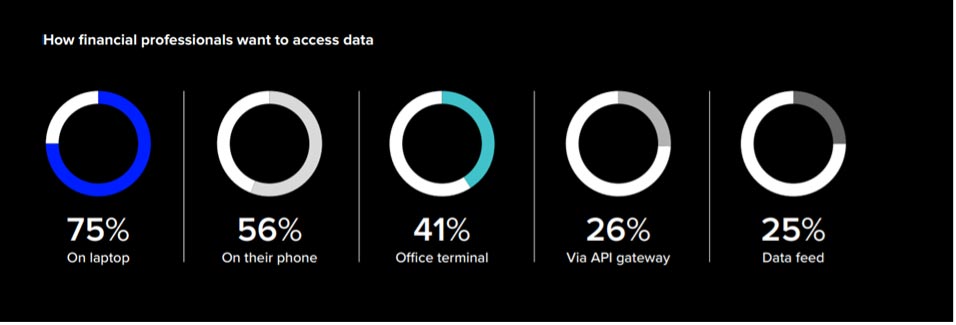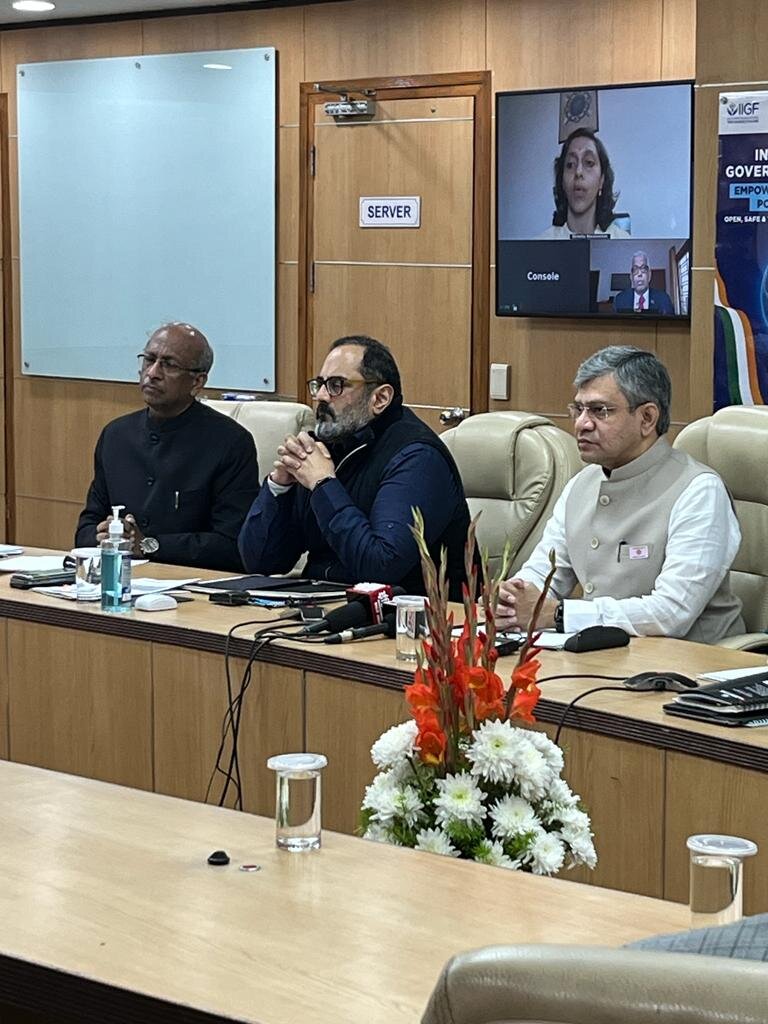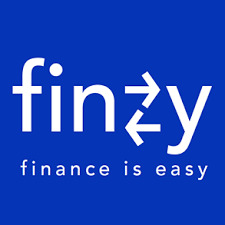Fintech Industry Is Disrupting Rural Financial Services Market

Fintech Industry Is Disrupting Rural Financial Services Market
The World Bank has agreed that financial inclusion is a key enabler to reduce poverty and boost prosperity in the country. It is ironic that still more than half of the world’s adult population doesn’t have access to basic financial services. Surprisingly, less than 15 per cent of the population in Asia; do not even have a bank account. According to the Global Findex report 2017, there has been substantial growth when it comes to financial inclusion in India with the rise in the number of bank account holders from 25 per cent in 2011 to 53 per cent in 2014 and from 53 per cent to 80 per cent in 2017. The next year again showed a certain rise in the number of Bank Account holders.
Back in 2015, during the launch of the Digital India week, Prime Minister Narendra Modi had said “I dream of a digital India where Mobile and E-banking ensures financial inclusion”. His vision is gradually coming to life with backing of initiatives like Digital India Campaign by the Modi-led government. In addition to this, there are a growing number of innovative fintech companies offering various digital payment solutions, leading the total transaction value approximately to $50 million across digital payments this year, and is expected to reach $700 billion by 2022.
This widespread growth of the digital payments is due to the acceptance of digital mode of payments throughout the country. Post India’s demonetization phase in 2016, there have been several policy and digital infrastructure changes including Goods and Services Tax (GST), financial inclusion and new payment systems such as Aadhar-enabled payments and UPI to further boost the digital payments sector. The digital chain is on the rise and has overtaken around 80 per cent of the urban population.
However, when it comes to the rural and Semi-urban sector the outreach of the digital and financial services haven’t been extensive, because of the simple fact that the citizens in the rural parts aren’t aware of the services available and even if they are aware of the service they don’t have the knowledge to leverage the services available to them.
It is at times like this that fintech company’s step forward to fill in the gap for the untapped audience. The leaders in providing assisted financial services to the unbanked audience has around 2, 00,000 retailers spread across 643 districts in India.
The fintech companies often gives the rural and semi-urban citizens the flexibility to customise the services according to their spending and investing capacity. For instance, Payworld provides mutual funds investment starting from Rs 100 onwards.
Payworld is creating job opportunities for their set of retailers and expanding their retail network. The financial leaders take the responsibility of training the retailers on the new financial services through different training programs.
Post the announcement of the Budget the financial league leaders are in full support of the budget and believe that the boost in the current digital services will help them reach remotest areas to extend financial services and create new job opportunities in the digital sector.
The author is COO, Payworld
Advertisement*
Most Read
Advertisement*









